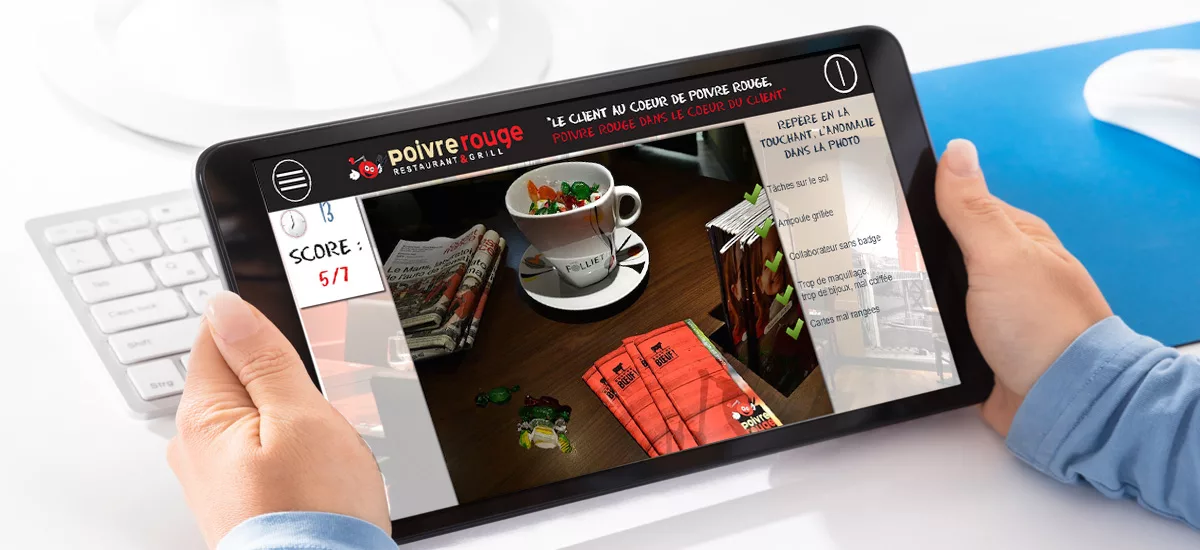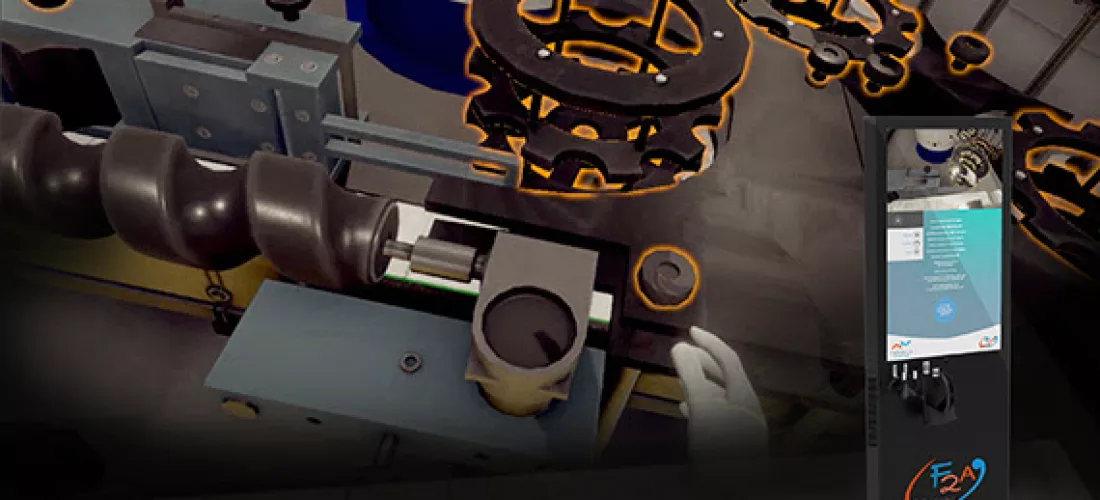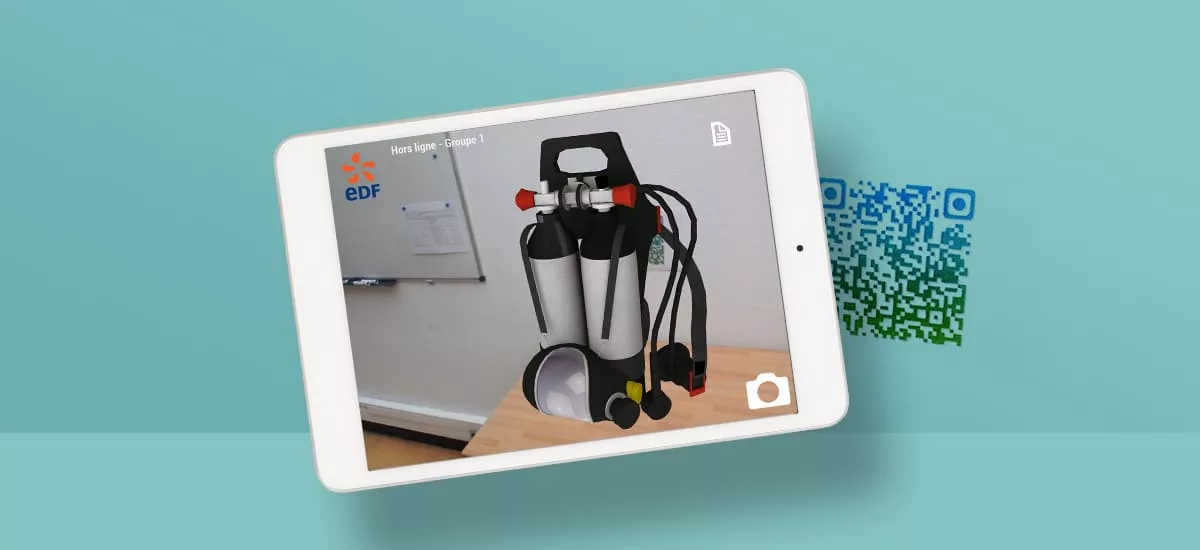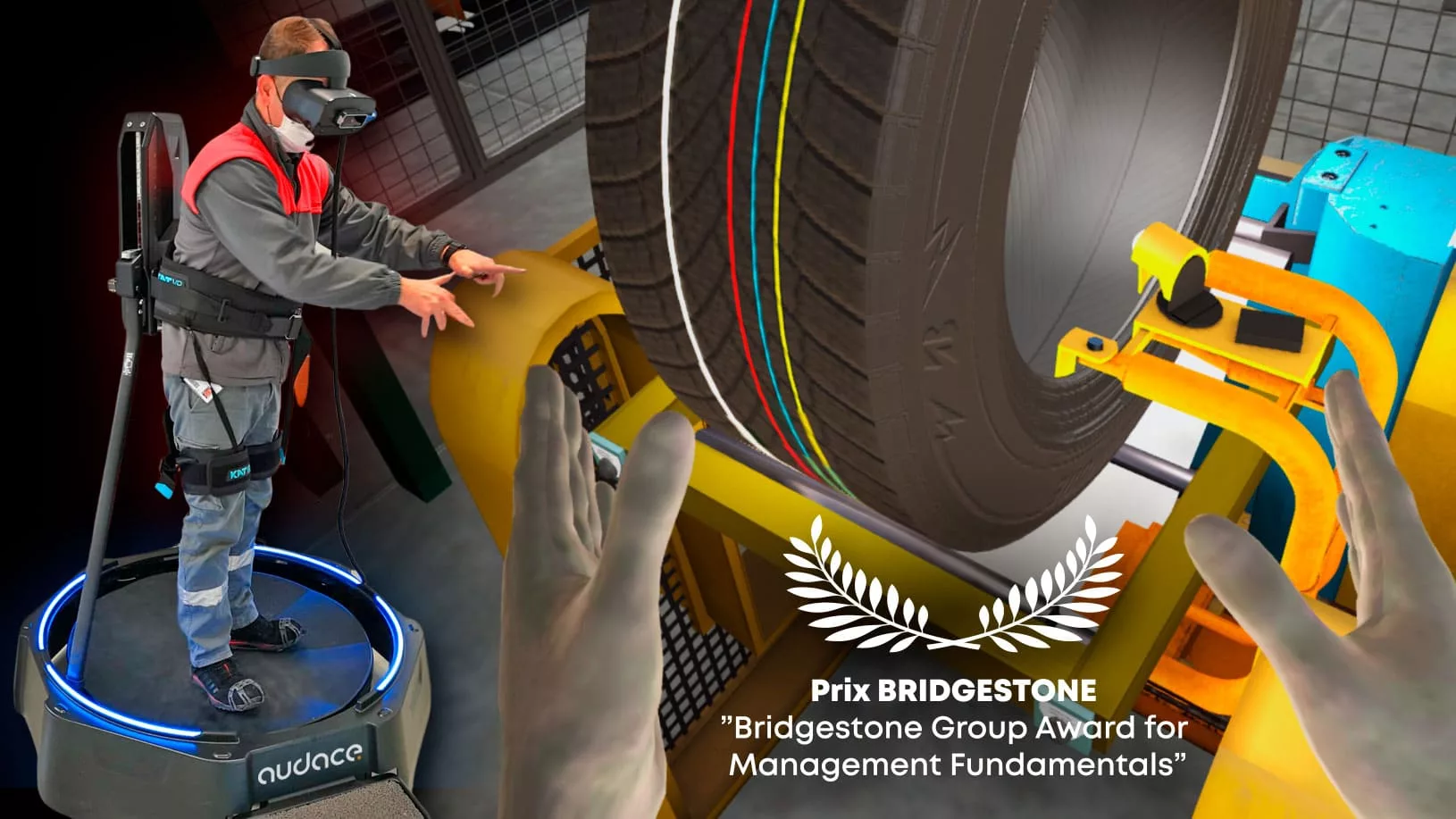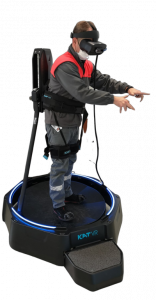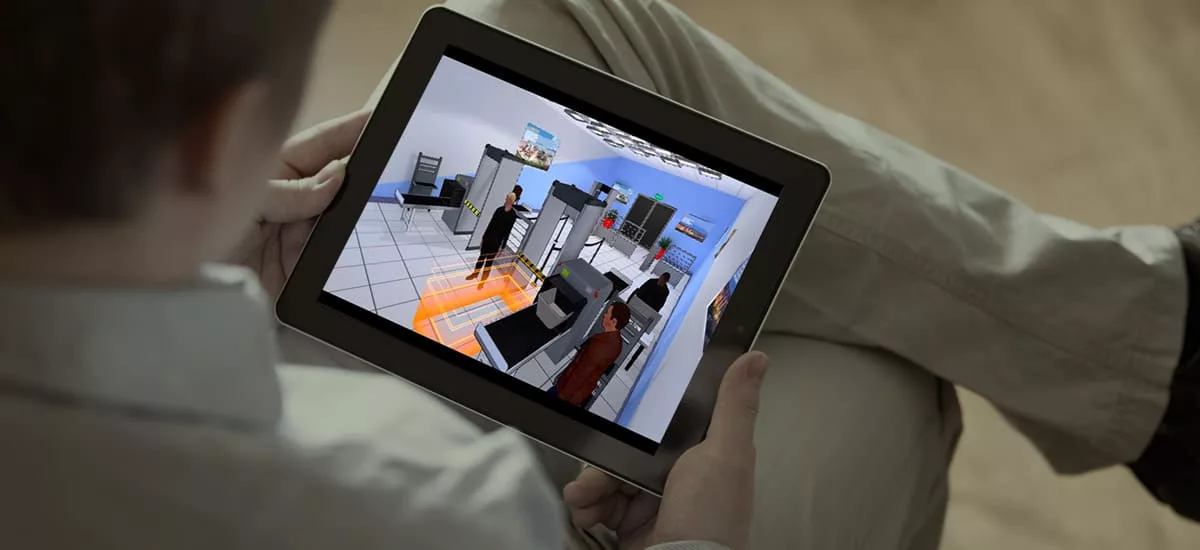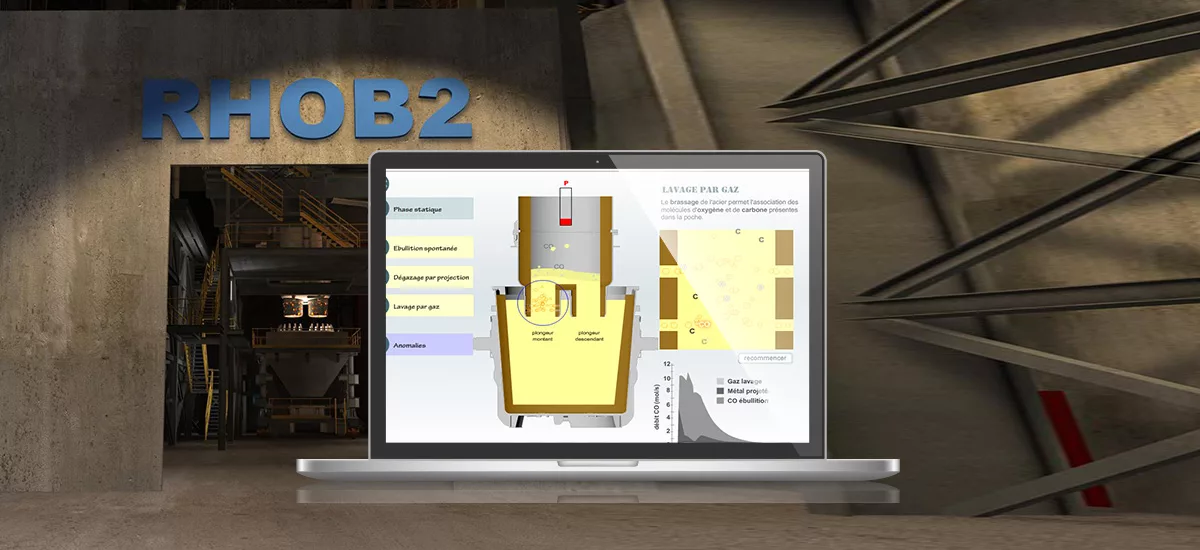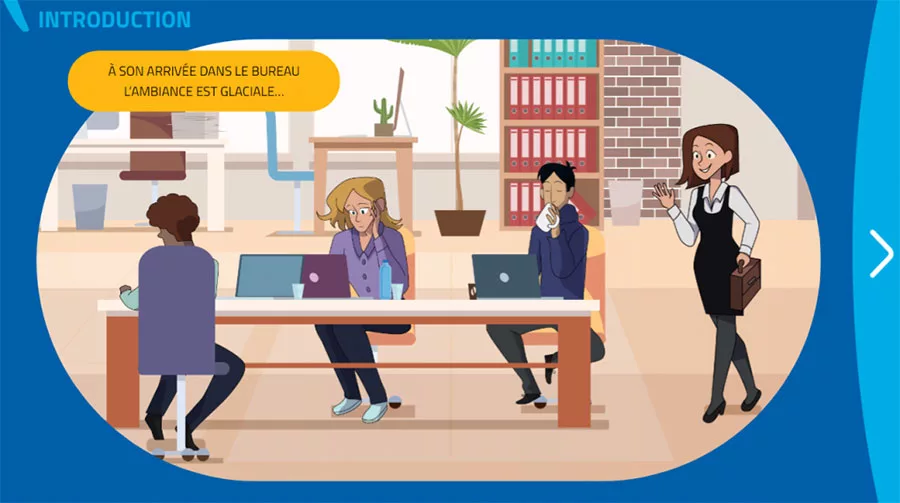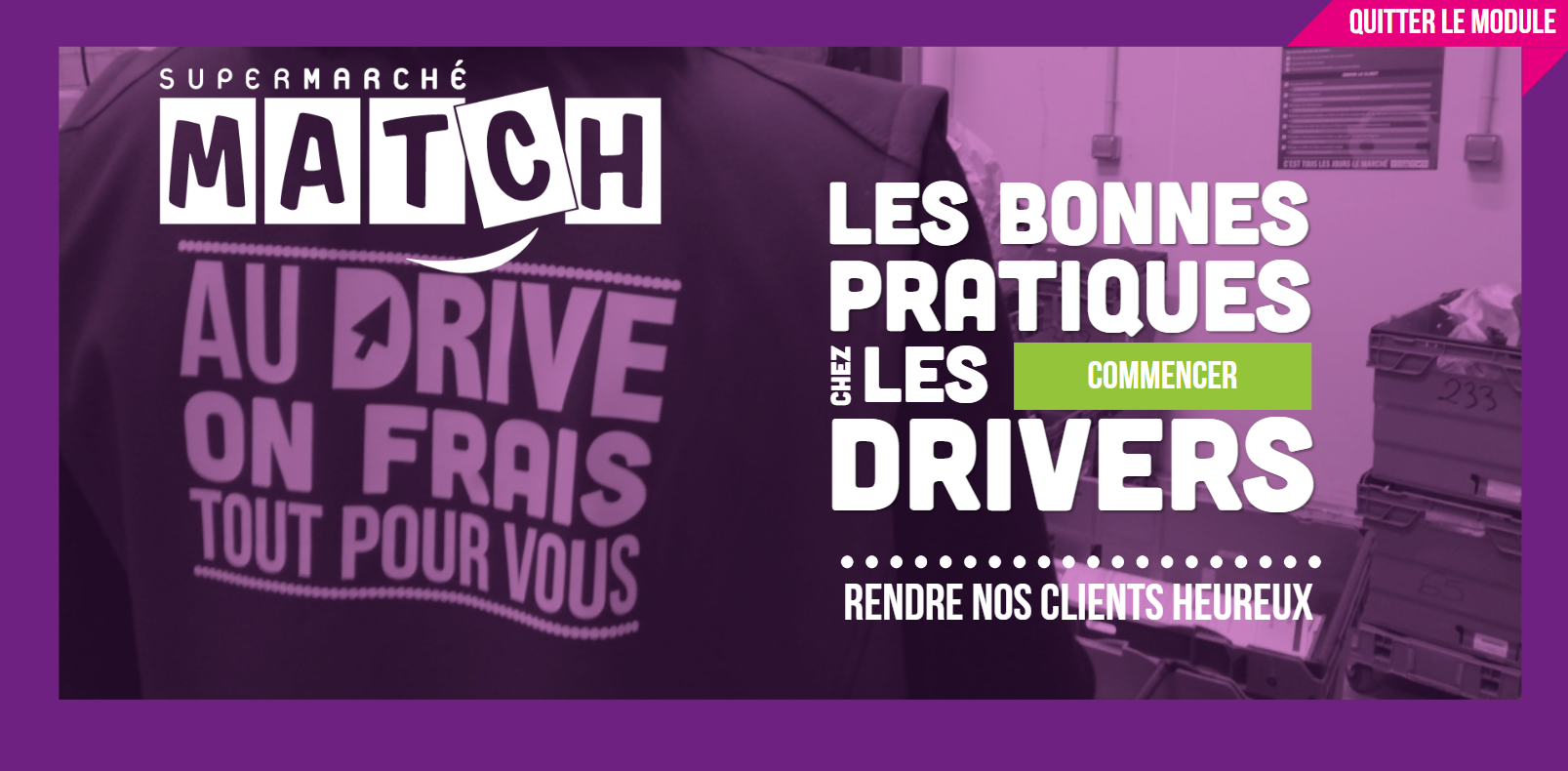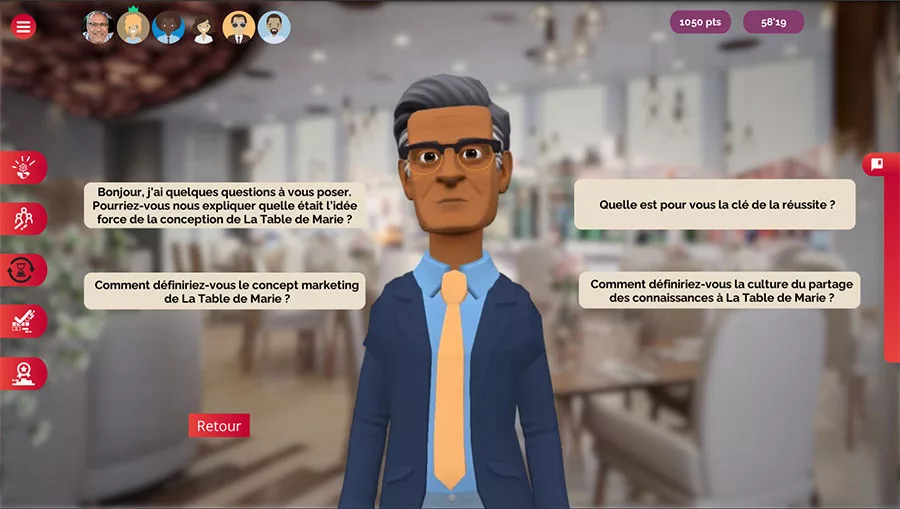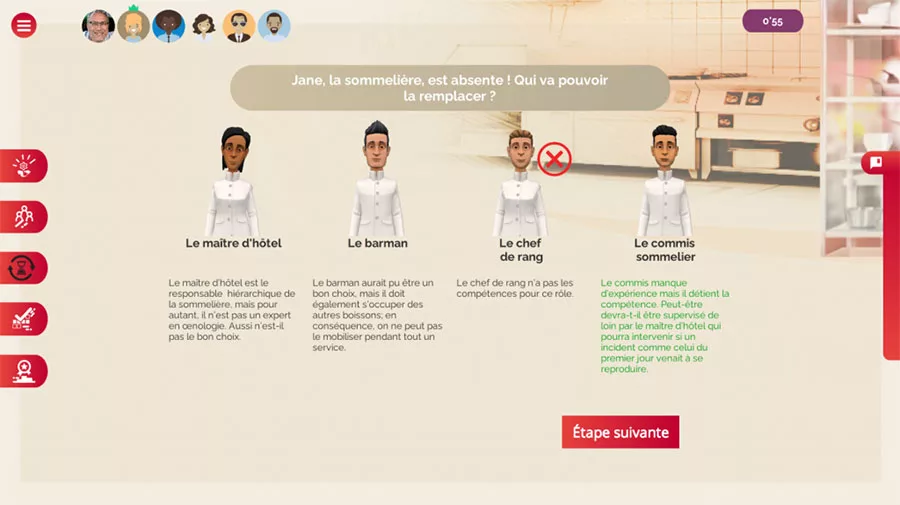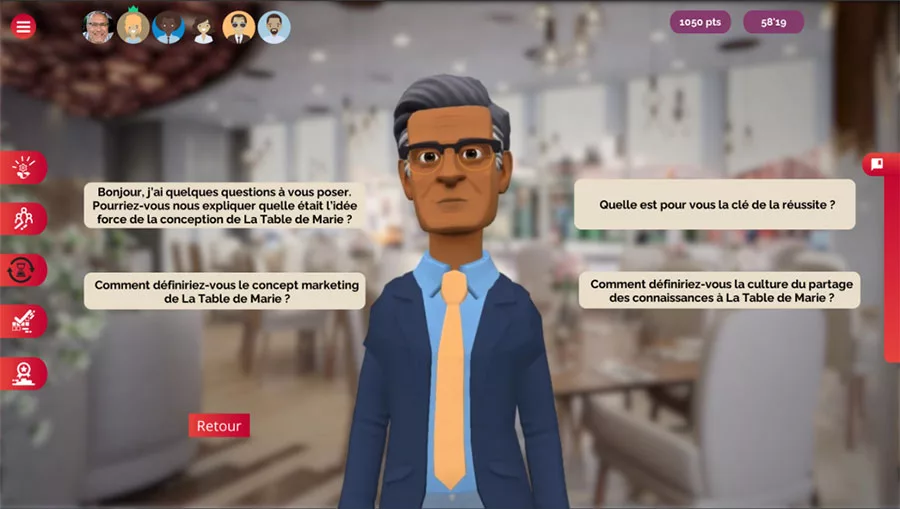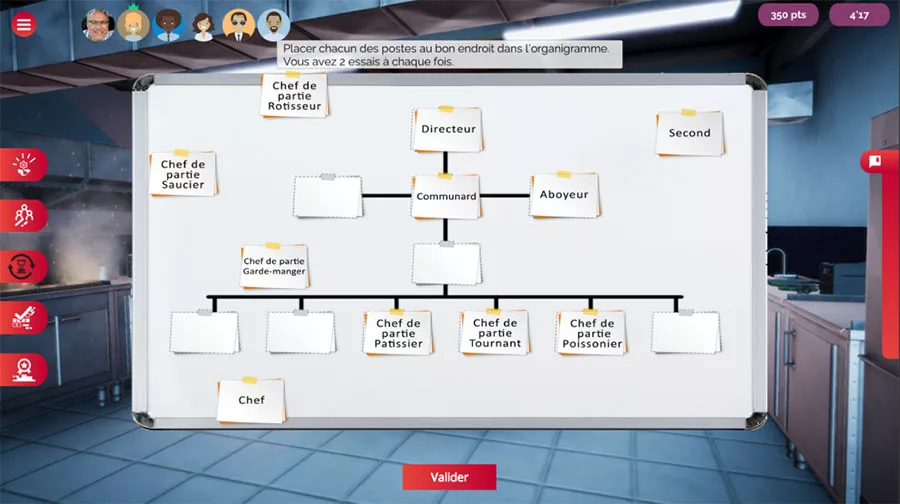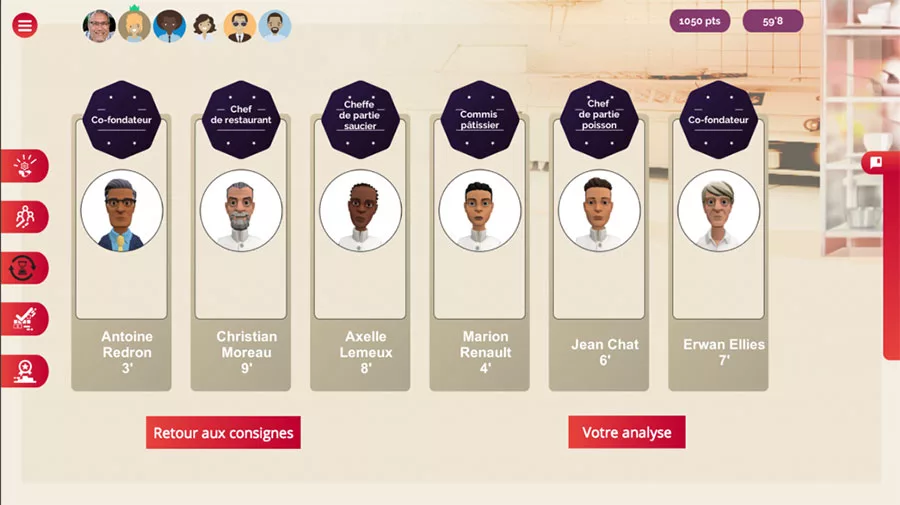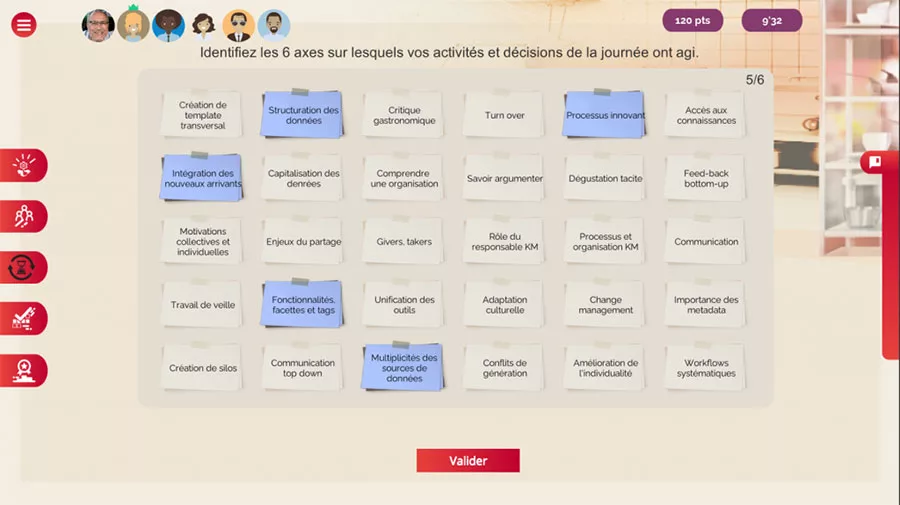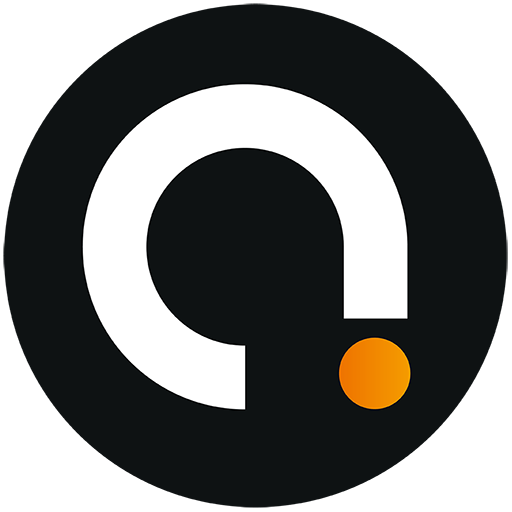Every year, GRDF, manager of the natural gas distribution network in France, faces a significant flow of complaints. To guarantee the satisfaction of its 11 million customers, it is crucial to properly manage the complaints processing process: from their identification to the relevant response including possible compensation.
Device
In partnership with GRDF, Audace has designed fun e-learning training. It is intended to improve the skills of teams dedicated to processing complaints. This training is deployed in the form of three distinct modules. Each covers a crucial step in the claims management process.
Content
The training consists of three modules, namely:
- Complaint: Identify and record a complaint in the dedicated software.
- Analysis and Response: Analyze the claim, formulate an appropriate response and determine adequate compensation if necessary.
- Compensation: Determine the right level of compensation and correctly enter the associated details.
Technical solution
The system is accessible online and relies on creation tools such as Storyline and the Audace Framework. 2D and 3D animations, consistent with the GRDF graphic charter, bring a dynamic and immersive touch to the training. Animations can be synchronized with voice-over for a more engaging experience.
Educational objectives of the “Complaints” elearning
Ultimately, learners must be able to:
- Identify, record and track a complaint
- Analyze a complaint and propose an appropriate response
- Determine the appropriate level of compensation and enter the associated details
Strategic issues
With nearly 10,000 complaints annually, GRDF must ensure efficient processing to maintain customer satisfaction. The system responds to the crucial need to control the complaints processing process, thus strengthening brand image and customer confidence.
Digital training pedagogy
The training is based on a fun scenario based on the myth of Ariadne and the Minotaur. The maze represents the complaints handling process, while the breadcrumbs symbolize the guidance tool for customers. This concept reinforces the assimilation of complex concepts thanks to a narrative and interactive approach.
Learners are challenged to master each step of the claims handling process, from identification to compensation. They must develop analytical, communication and problem-solving skills to provide adequate answers and solutions.
Game mechanics
The scenario of the myth of Ariadne and the Minotaur creates a playful dimension by encouraging learners to progress through the labyrinth of claims. Defeating the “Minotaur” represents the ability to adequately analyze and respond to complaints, while the “treasure” symbolizes customer satisfaction after effective treatment.

